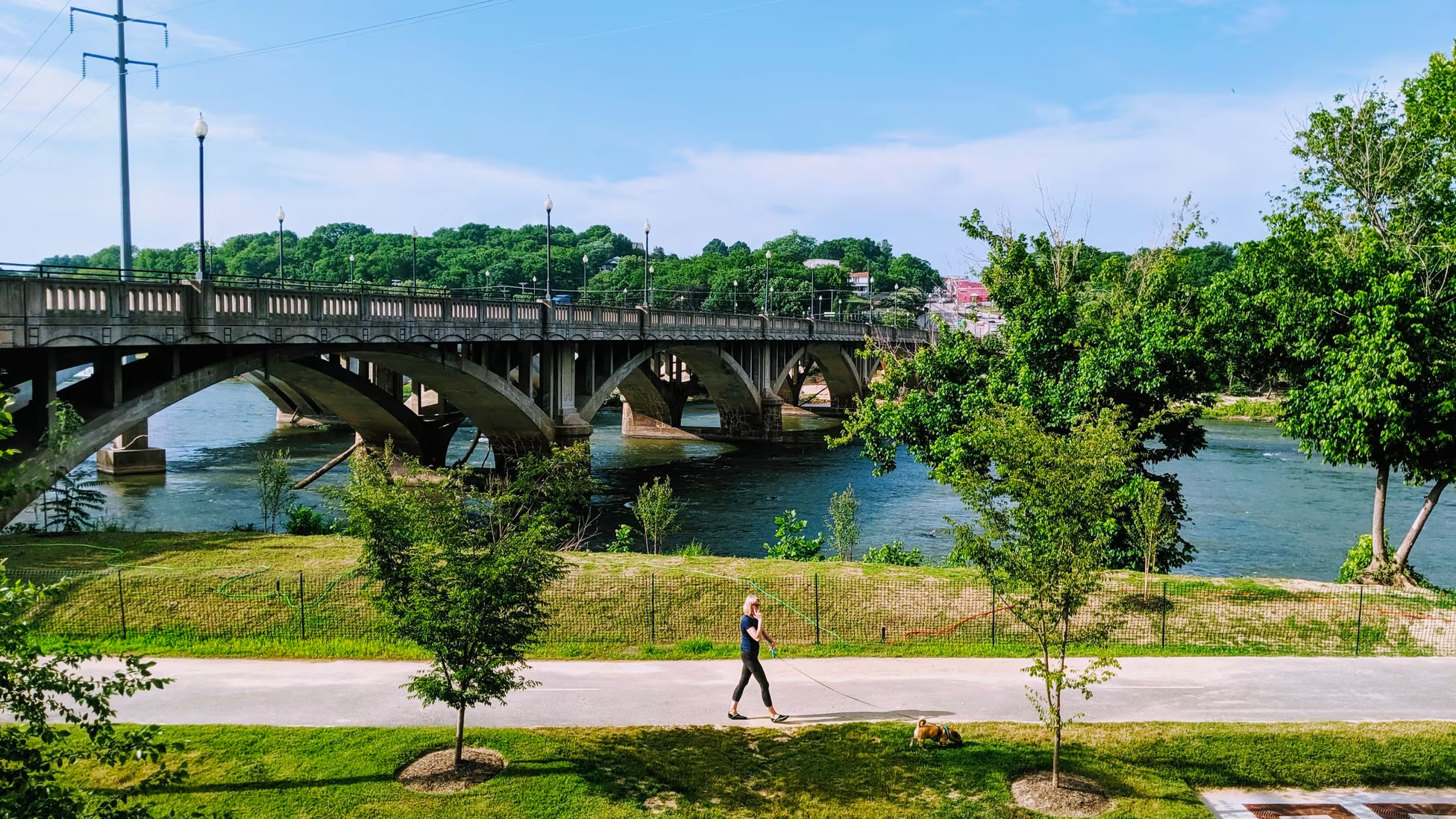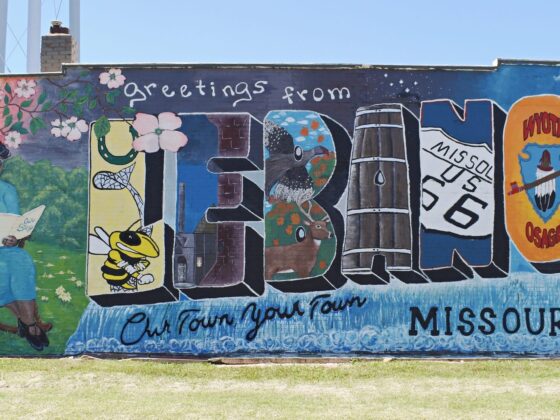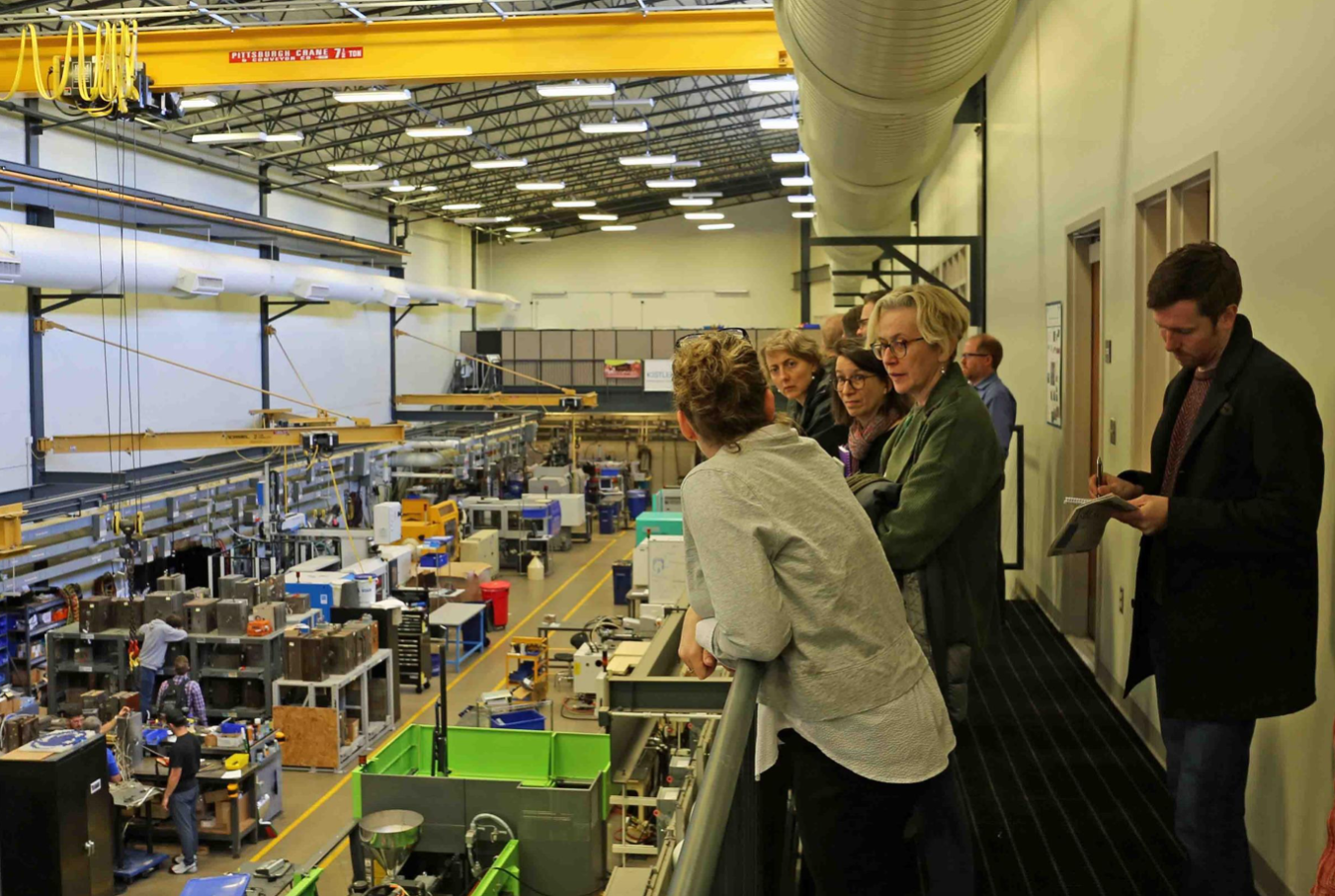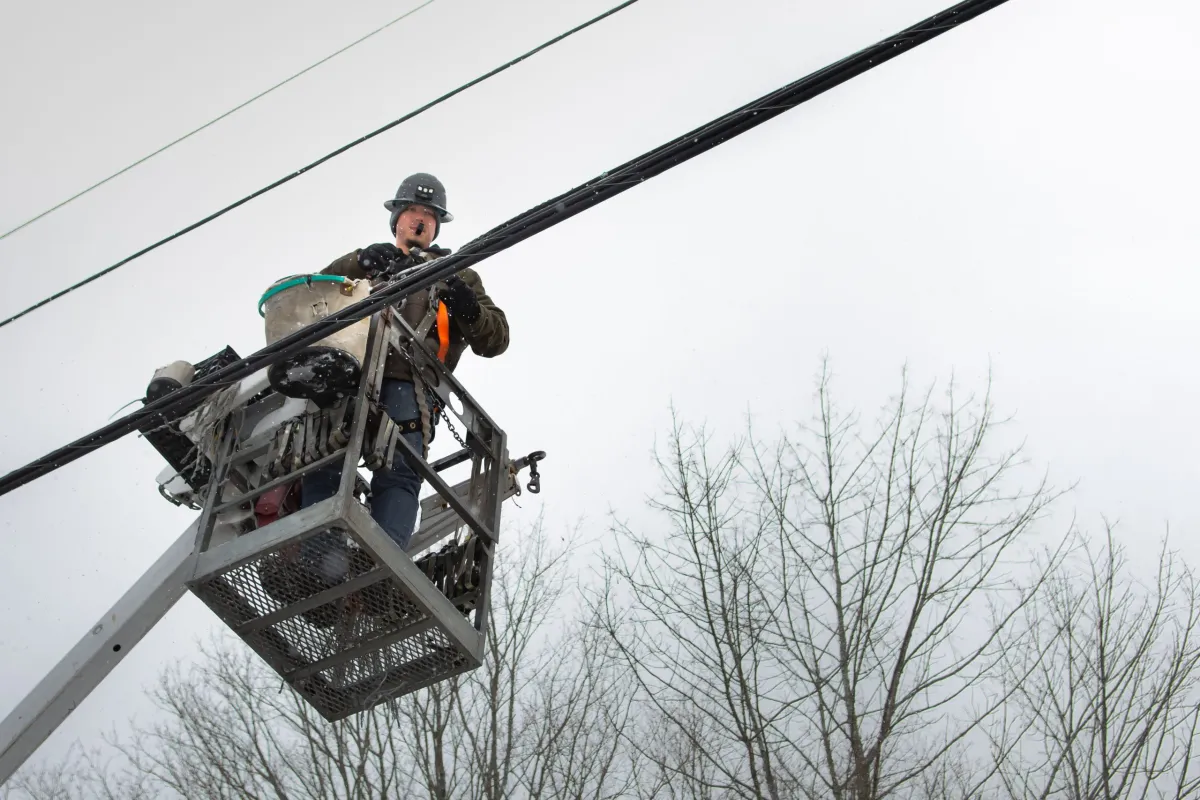After the textile mills closed and much of the tobacco business collapsed, Danville went through a long decline—like many other communities in this part of the Piedmont region.
Over the past few years, a fascinating recovery has been under way: in the downtown, through reuse of abandoned mill and warehouse structures as new residential and office spaces; in areas that had lost mill jobs, through agricultural, chemical, and advanced-manufacturing start-ups; through creative use of money provided through the “tobacco settlement”; through advanced broadband capacities; and in other ways. You can read the set of articles that Deb and I did on Danville and its region here.
Today The Roanoke Times has an editorial called “Lessons From Danville,” which mentions our reporting and extends some of the implications to other small towns and cities in the region and beyond.
Because so much of the reason for Deb’s and my ongoing reporting is the hope that ideas and solutions that have been tried out in one place—like Muncie or Fort Wayne, Indiana; or Brownsville, Texas; or Eastport, Maine—might apply elsewhere, we’re gratified by efforts, like The Roanoke Times‘, to consider the experiences of other communities.
Samples from its editorial:
Danville still has plenty of troubles, of course—the Ikea plant there recently announced its closing. But economic development everywhere has always been several steps forward and several backwards at the same time. The big picture is that Danville is undergoing a remarkable transformation, from a Southern mill town without any active mills to a poster child for how to build a new economy out of the ruins.
And:
Whatever Danville has done, it’s mostly done on its own, which ought to be a pretty powerful message but also perhaps a scary one to some communities. National politicians can be glib about assigning blame—be it foreign competition or rapacious corporations—but local leaders need to ignore all that and get to work fixing their own communities.
The lesson for voters: If your local elected officials aren’t doing that, replace them with ones who will. Danville provides a pretty good “up-by-the-bootstraps” example of what can be done.
Worth reading and considering, beyond Virginia and North Carolina. Thanks to the editor of The Roanoke Times.




